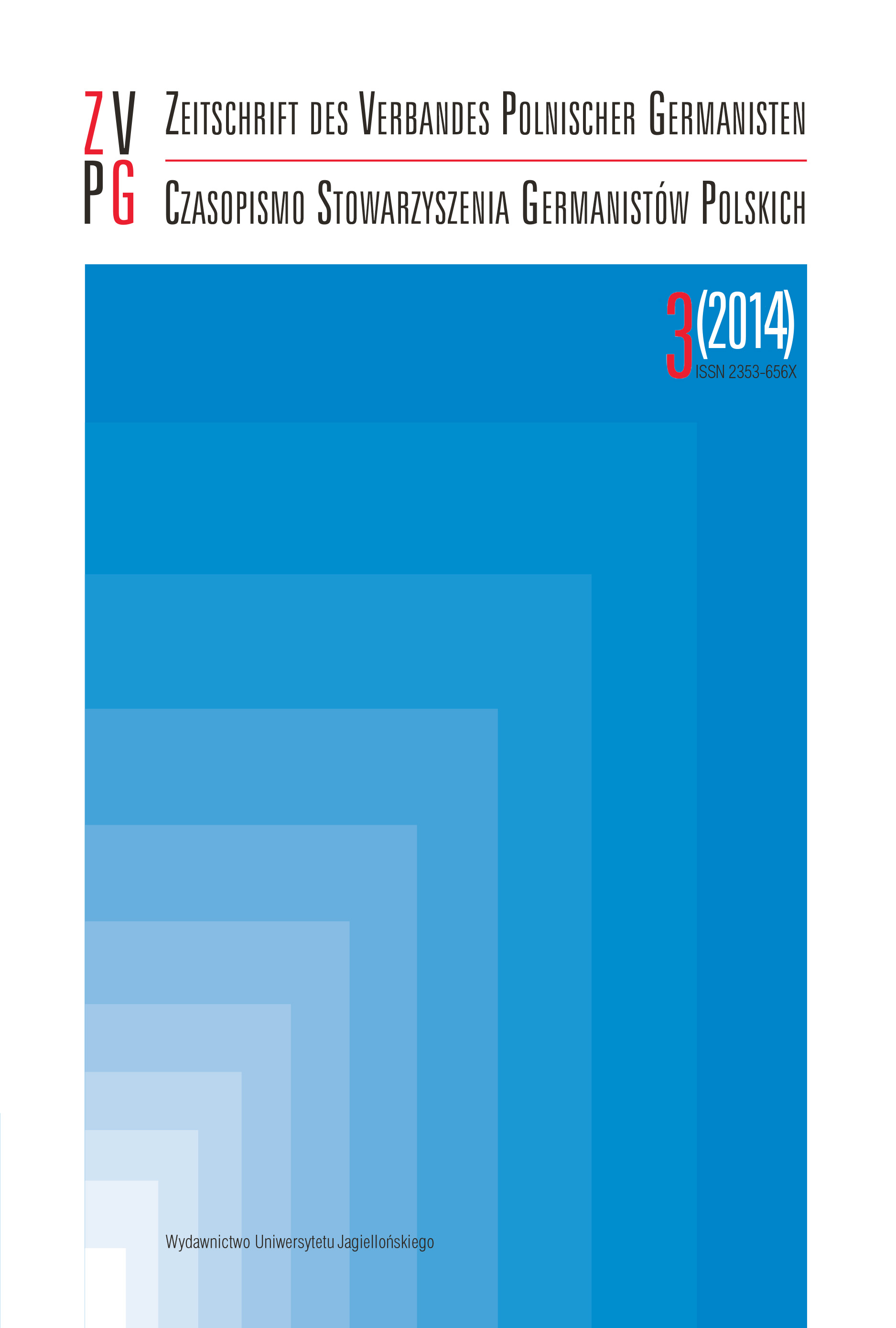Zum Phänomen der kategorialen Konvergenz und zu seiner Relevanz in kontrastiven Sprachstudien
-
Author(s): Michail L. KotinSubject(s): Language studies, Language and Literature Studies, Theoretical Linguistics, Applied Linguistics
Published by: Wydawnictwo Uniwersytetu Jagiellońskiego
Keywords: categorial convergence; modality; aspect; tense; covert grammatical signals
Summary/Abstract: It is well known that languages encode their basic categorial functions in a different way. Nevertheless, there are numerous semi-grammatical and lexical items that provide specific categorial signals which can be referred to as limit values between lexicon and grammar. These covered signals allow to compare categorial functions of different languages encoded by items of a different status in the particular language systems occurring as secunda comparationis by language comparison. In the presented paper modality and aspect resp. aspectuality are compared with regard to Slavonic aspect languages vs. Germanic aspectless systems. It is shown that in the field of deontic (root) and epistemic (deictic) modality there are verifiable cross-categorial connections, so that e. g. modal verbs can, under certain circumstances “replace” the lack of the aspect category encoding aspect-like functions. This claim goes back to Werner Abraham’s aspectual-modal link hypothesis proven also in diachronically oriented investigations by Elisabeth Leiss. The analyses includes both the synchronic and the diachronic dimension of the problem by involving corresponding examples from the corpora in question.
- Issue Year: 3/2014
- Issue No: 2
- Page Range: 151-164
- Page Count: 14
- Language: German

